MyGreenToe
Member
Hey guys. Thought I'd share some of the macros I've taken of my girls. Not growing at present, so looking at these pics helps keep me from going crazy about it.
These shots are a Blowfish cut I used to have.(a dead pump while out of town cost me a tray of clones, and my last blowfish was among them)
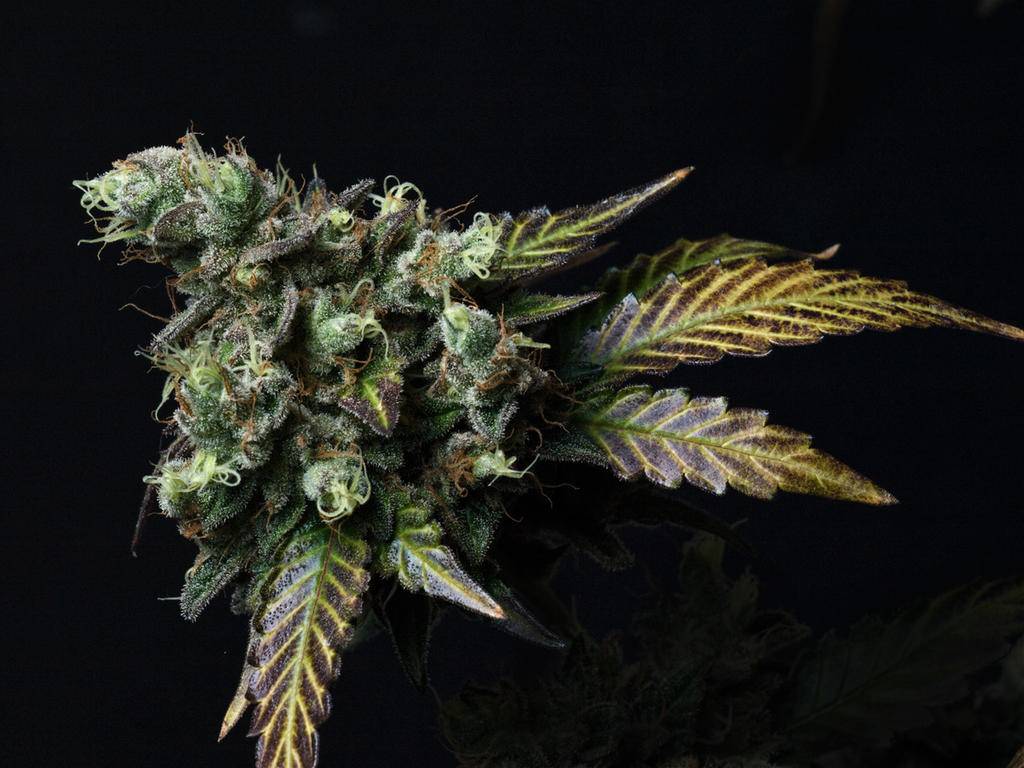
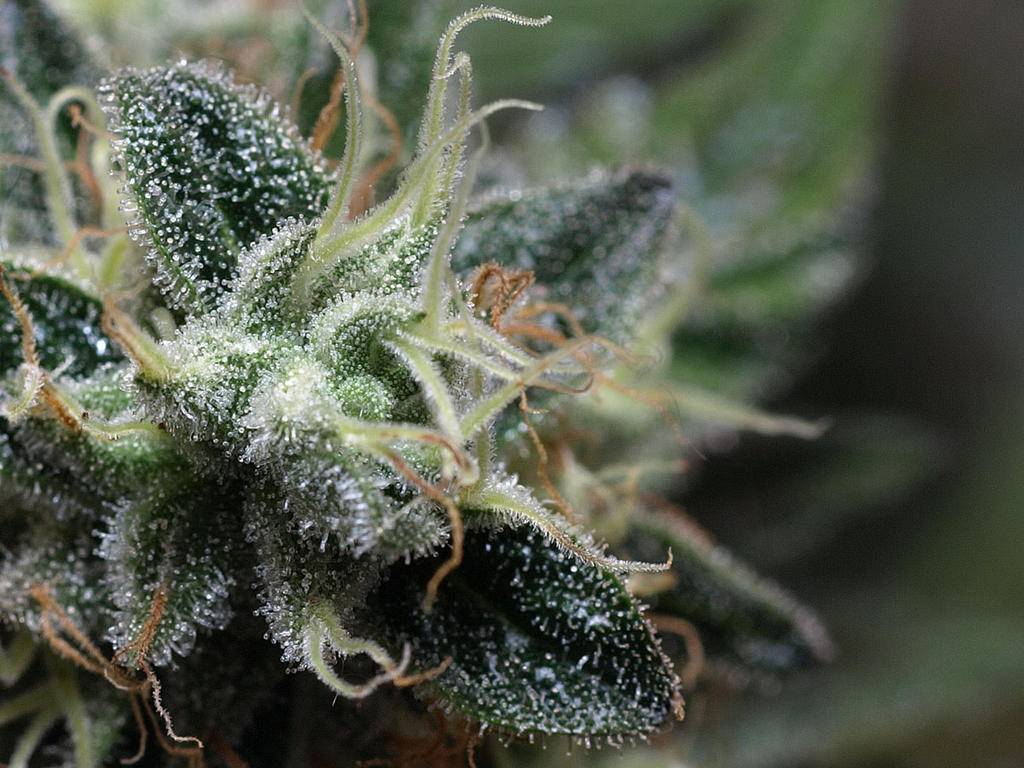
This shot is a blowfish leaf in flower. I had just done some water changing and this leaf had water in a cupped leaf. The trichomes above the leaf edge are under water being magnified by the curvature of the water. If you look close you can see individual plant cells on the leaf edge.
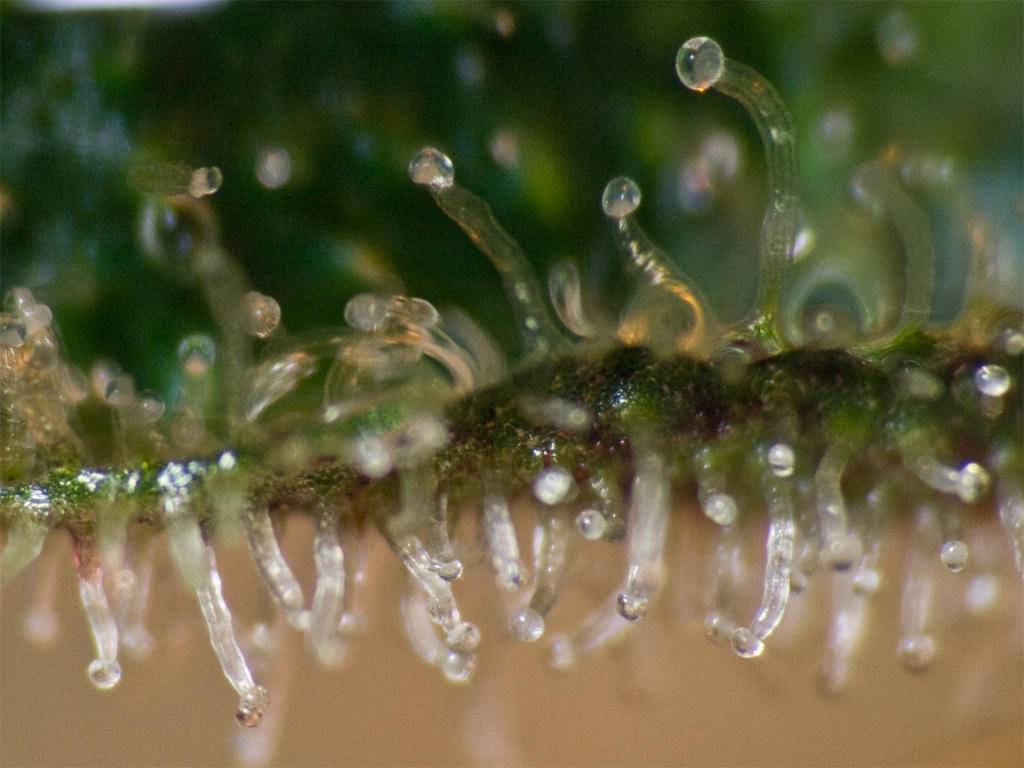
Here is a purpling Blowfish leaf, in 3 successively closer shots. I love how you can see the color creeping up the stalks of the trichomes.
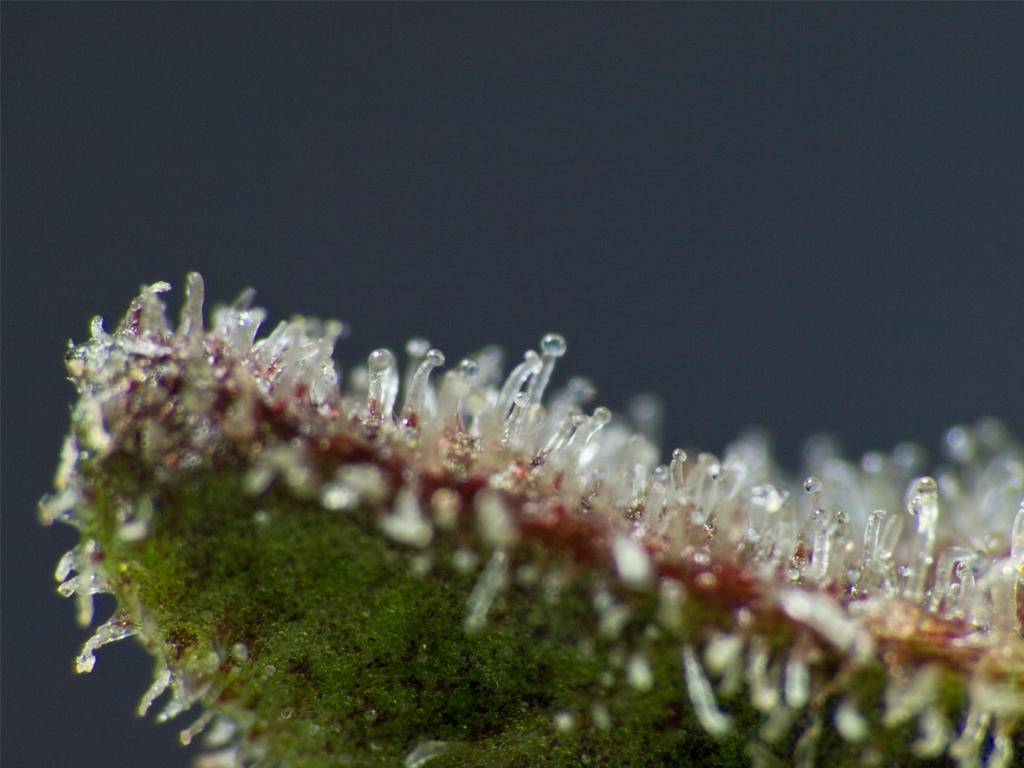
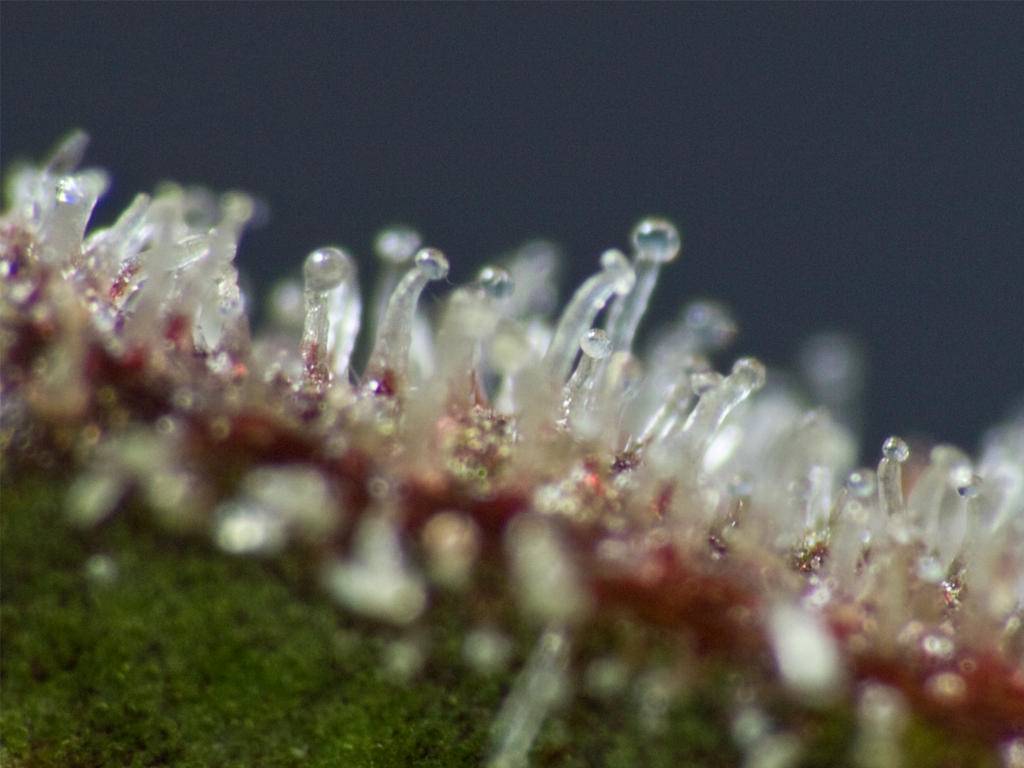
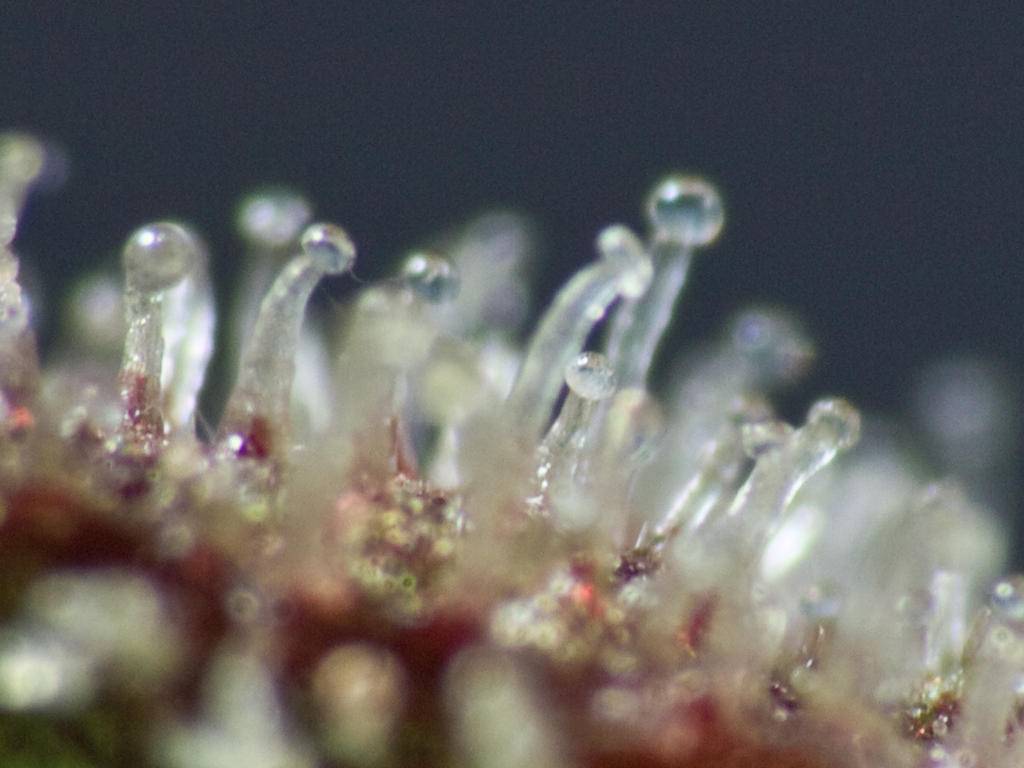
This Blowfish girl was looking lovely with cloudy trichs:
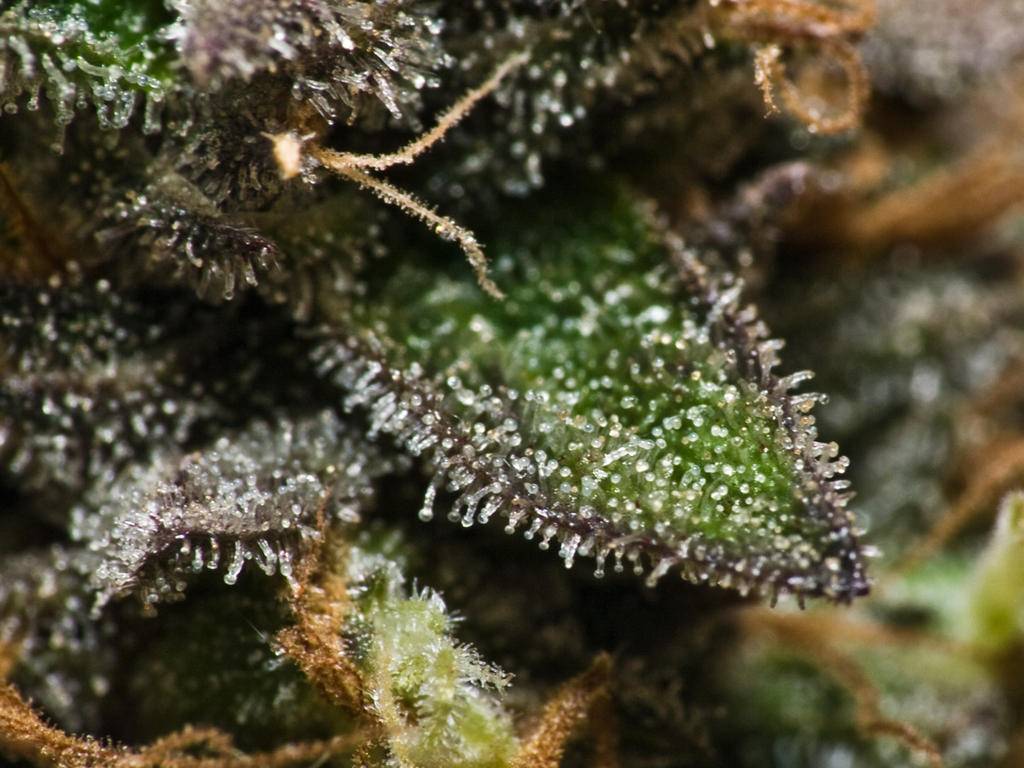
More Macros to follow...
Keep it green
MGT
These shots are a Blowfish cut I used to have.(a dead pump while out of town cost me a tray of clones, and my last blowfish was among them)
This shot is a blowfish leaf in flower. I had just done some water changing and this leaf had water in a cupped leaf. The trichomes above the leaf edge are under water being magnified by the curvature of the water. If you look close you can see individual plant cells on the leaf edge.
Here is a purpling Blowfish leaf, in 3 successively closer shots. I love how you can see the color creeping up the stalks of the trichomes.
This Blowfish girl was looking lovely with cloudy trichs:
More Macros to follow...
Keep it green
MGT




